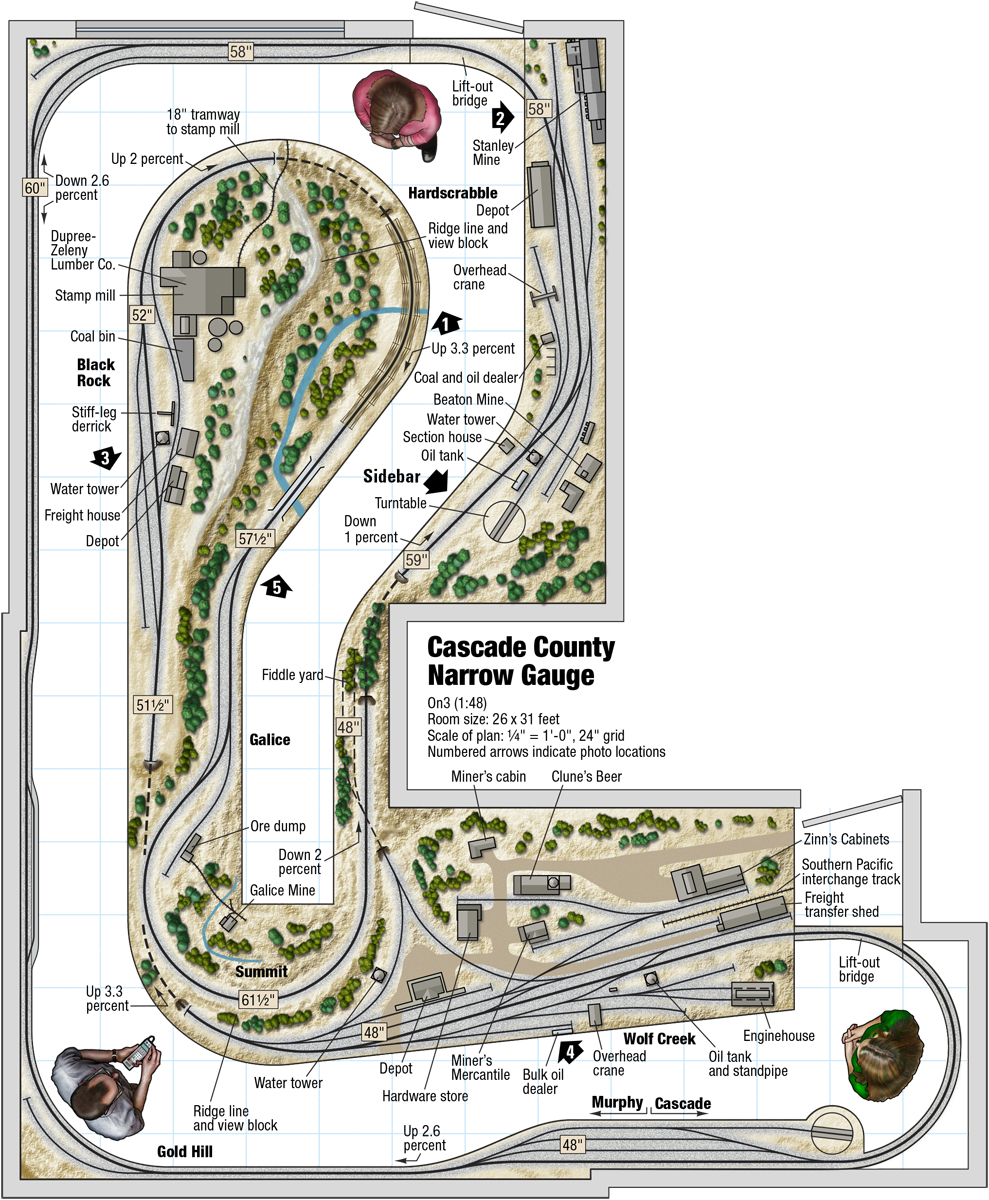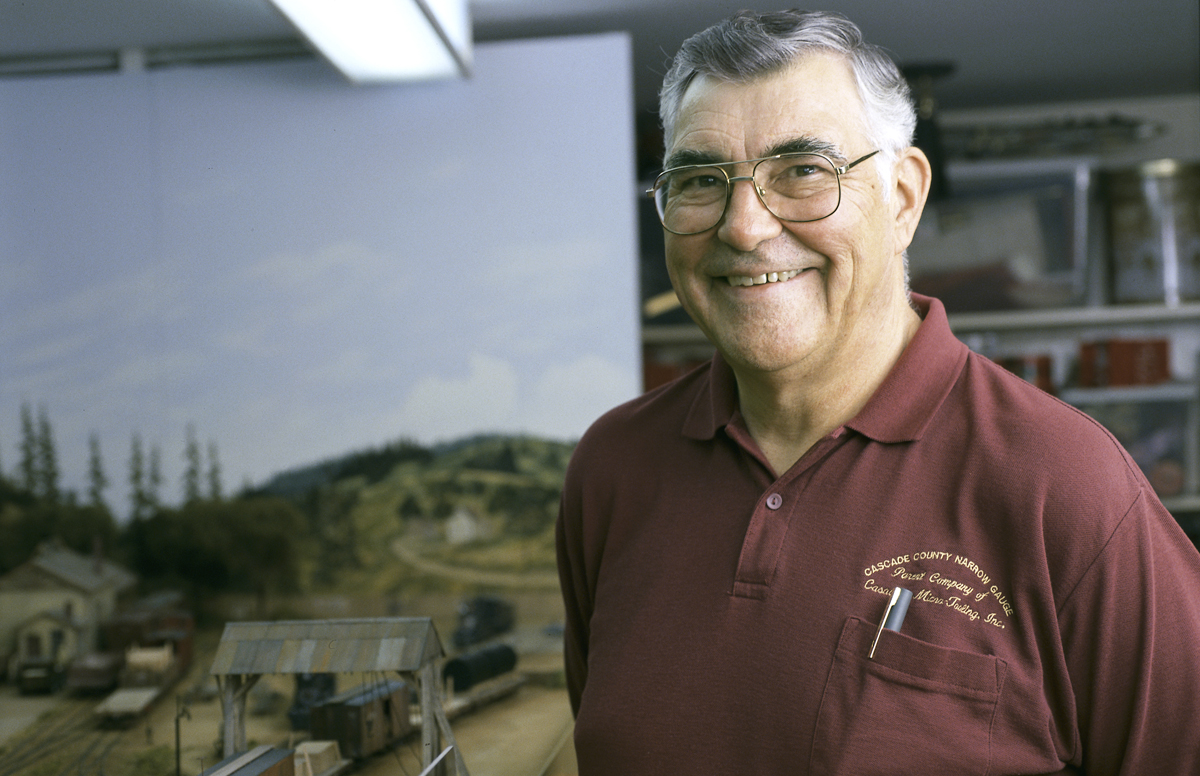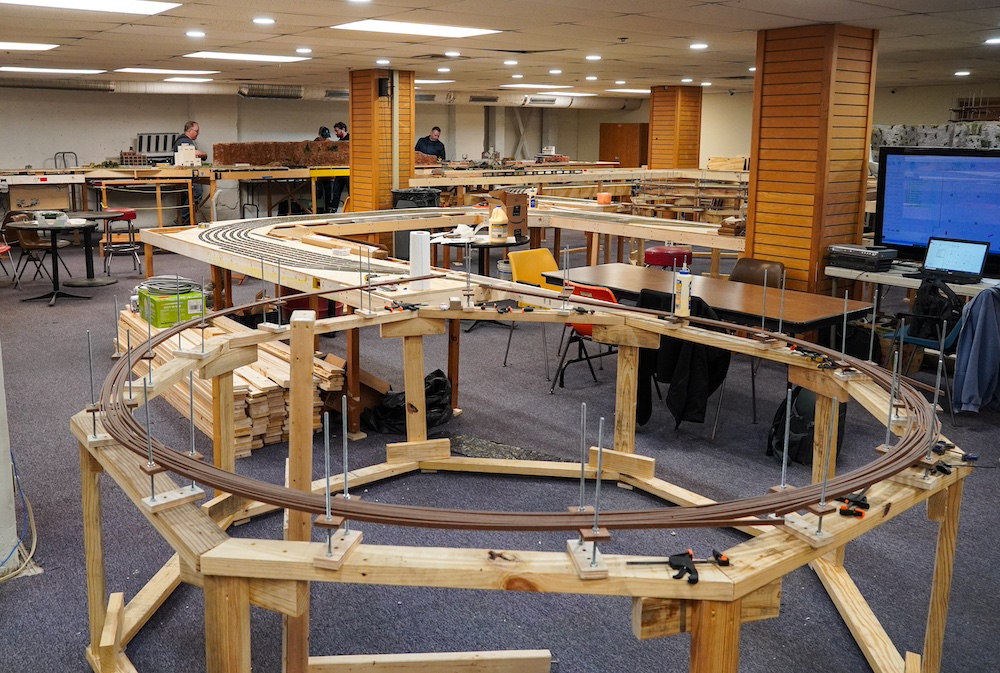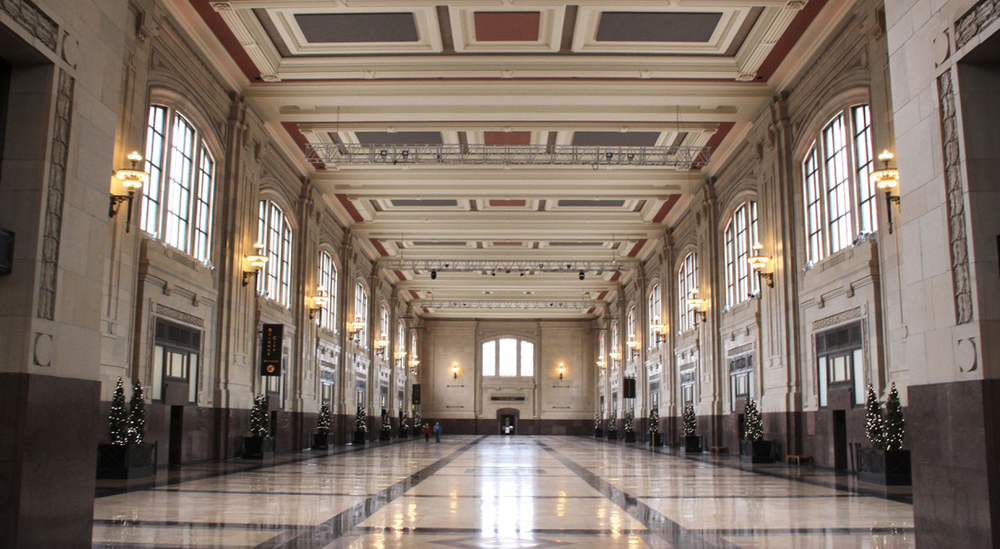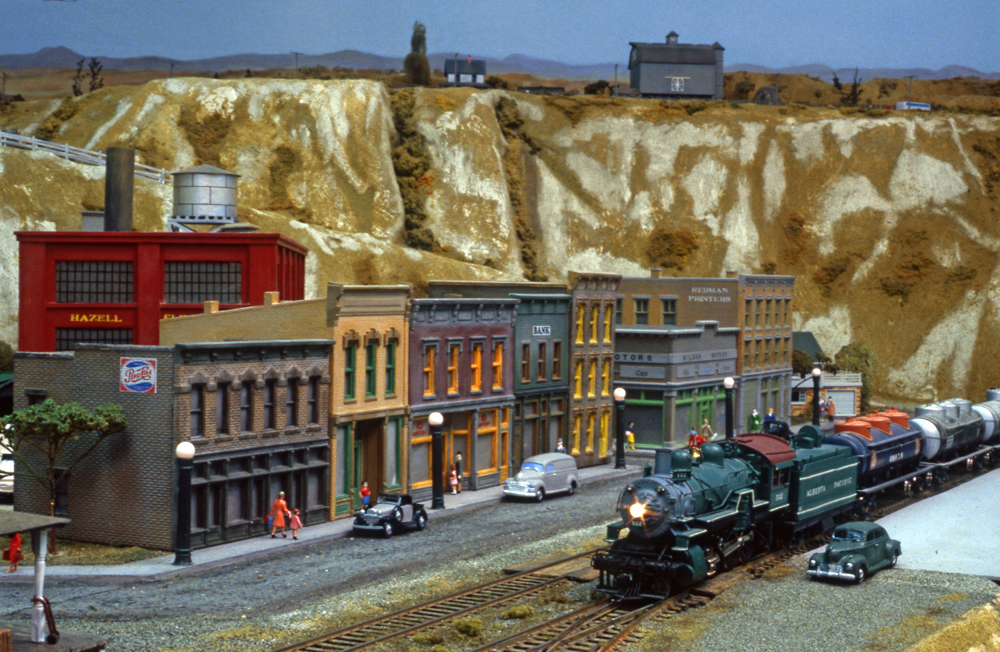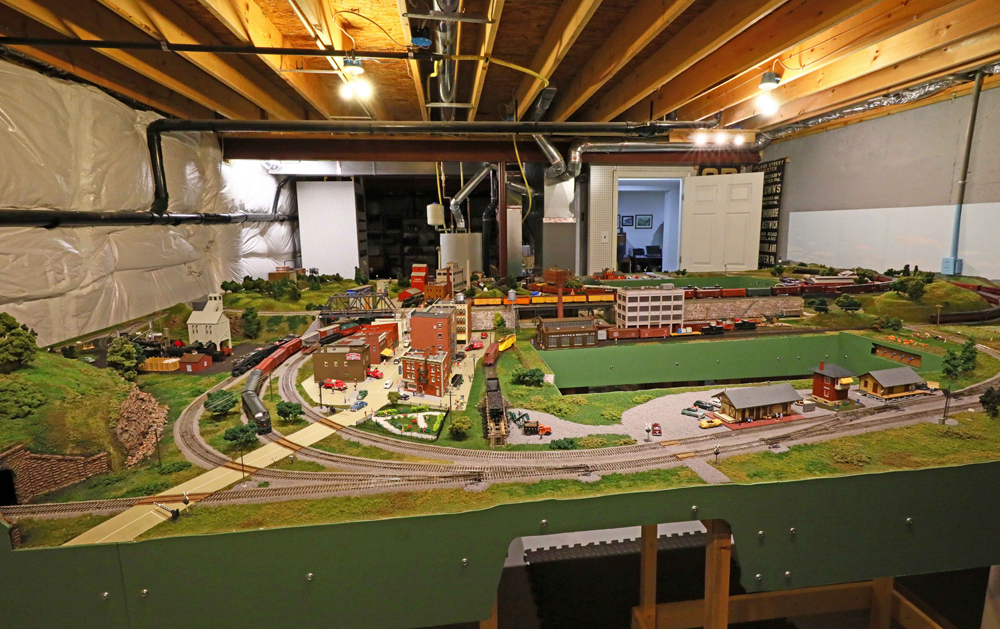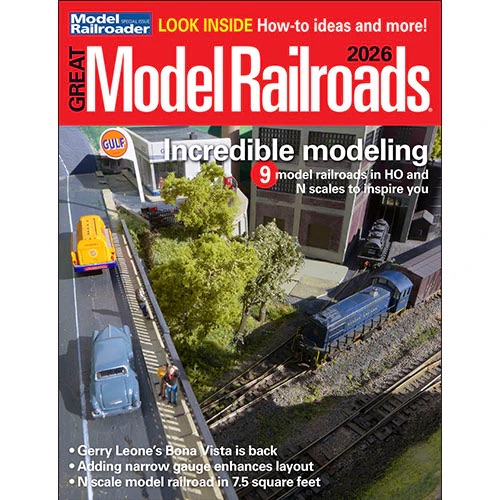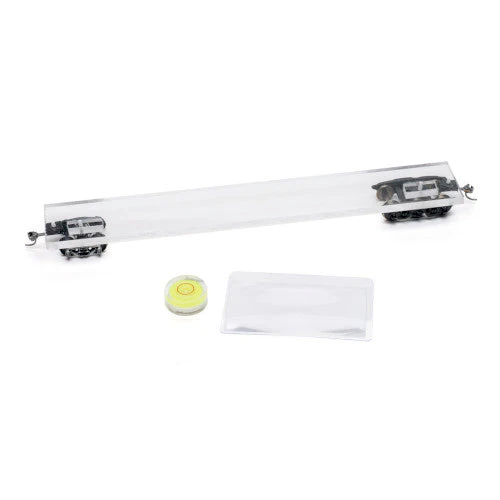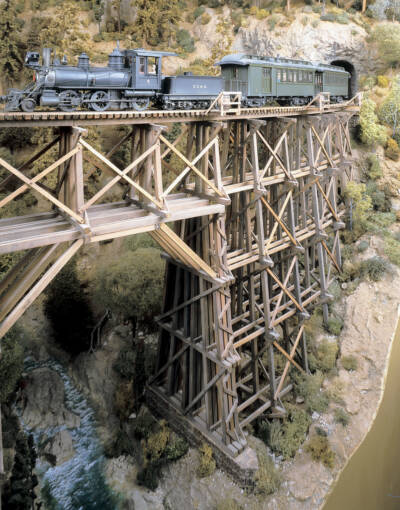
When David Clune began work on his On3 Cascade County Narrow Gauge in 1985, he intended it to be a small model railroad. His initial plan was to have a freight railroad that ran between two small towns, incorporating enough rail-served industries to keep two operators busy for an evening. But before David knew it, his modest layout grew into a 26 x 31-foot basement empire.
“The plan got a bit out of hand,” David said. “In 2002 I installed track between Hardscrabble and the yard at Murphy/Cascade and from Wolf Creek to Murphy/Cascade. While the addition took up some aisle space, it added quite a few feet of track and tied the two ends of the layout together.”
Expanding the Cascade County Narrow Gauge may not have been in David’s initial plans, but it proved to be a worthwhile venture. The larger layout has a long mainline run, something David had wanted for many years, as well more space for realistic scenery and one-scene-at-a-time viewing. The increased layout size also afforded David, a prolific scratchbuilder, room to display his scratchbuilt locomotives, freight cars, and structures. After 20-plus years of operation, David and his crew are still having fun running trains through southwest Oregon on the Cascade County Narrow Gauge.
California inspiration
David’s layout is freelanced, but the inspiration for his CCNG came from a real railroad in California. The Nevada County Narrow Gauge (NCNG) was a 23-mile common carrier located in the northern part of the state. Two CCNG locomotives, 2-6-0 No. 5 and 2-8-0 No. 8, were modeled after NCNG prototypes. David also scratchbuilt many pieces of rolling stock following NCNG drawings, and he based the original track arrangement for the Hardscrabble yard on the real railroad’s Nevada City yard. “It’s 100 scale feet short of the prototype’s length. The at-grade crossing and switch were added after the original yard was built to carry the main line off to Murphy/Cascade.” David said.
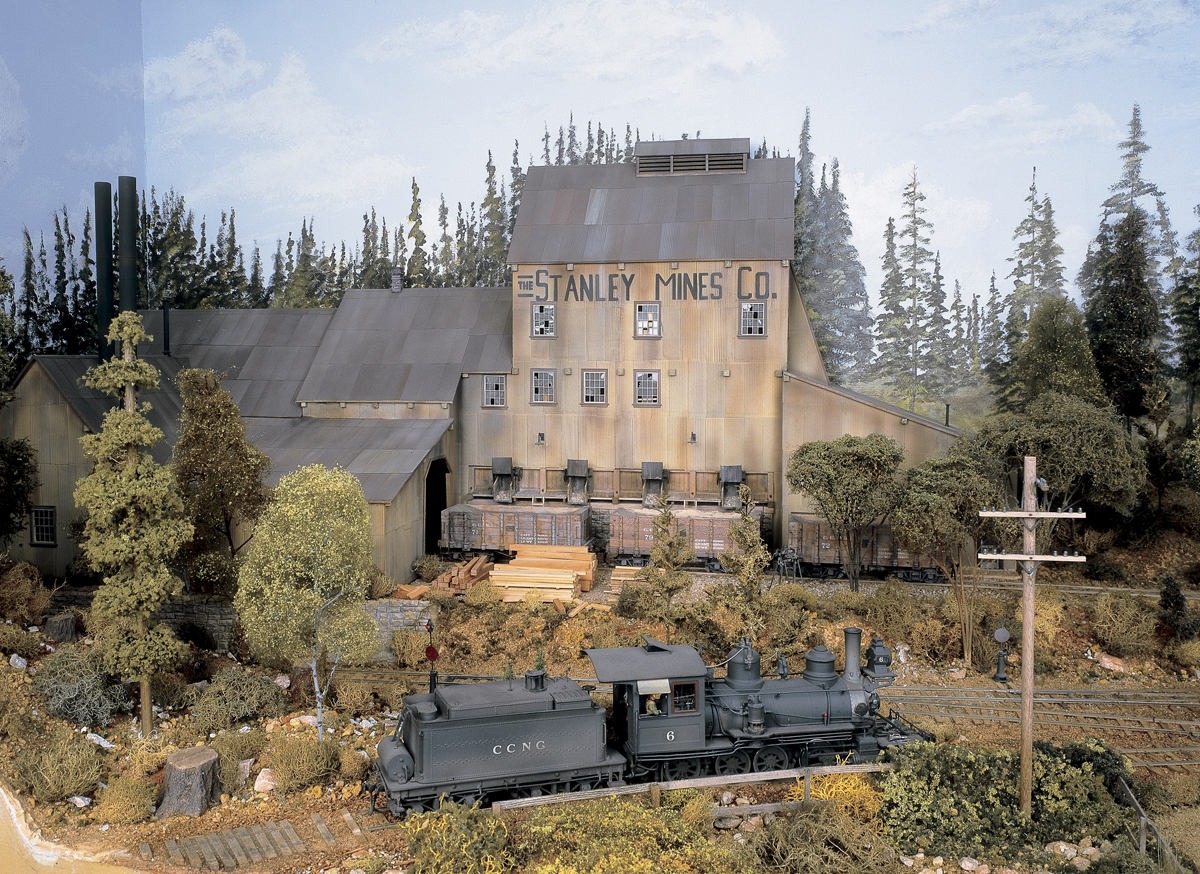
The CCNG operates between Wolf Creek, where it connects with the rest of the world via an interchange with the Southern Pacific (SP) and Murphy/Cascade. Wolf Creek and the SP interchange are prototypical; the rest of the communities and track arrangements are freelanced. The railroad does move freight and passengers, but the majority of its traffic comes from the ore mines.
Handlaid and scratchbuilt
David’s passion for handlaying track and scratchbuilding structures can be seen throughout the layout. He uses a combination of track spikes and Walthers Goo to hold the rail in place on his handlaid track, a technique that David says has worked flawlessly for 20 years. The turnouts, all of which are powered with Tortoise by Circuitron slow-motion switch motors, are built on site to ensure a proper fit.
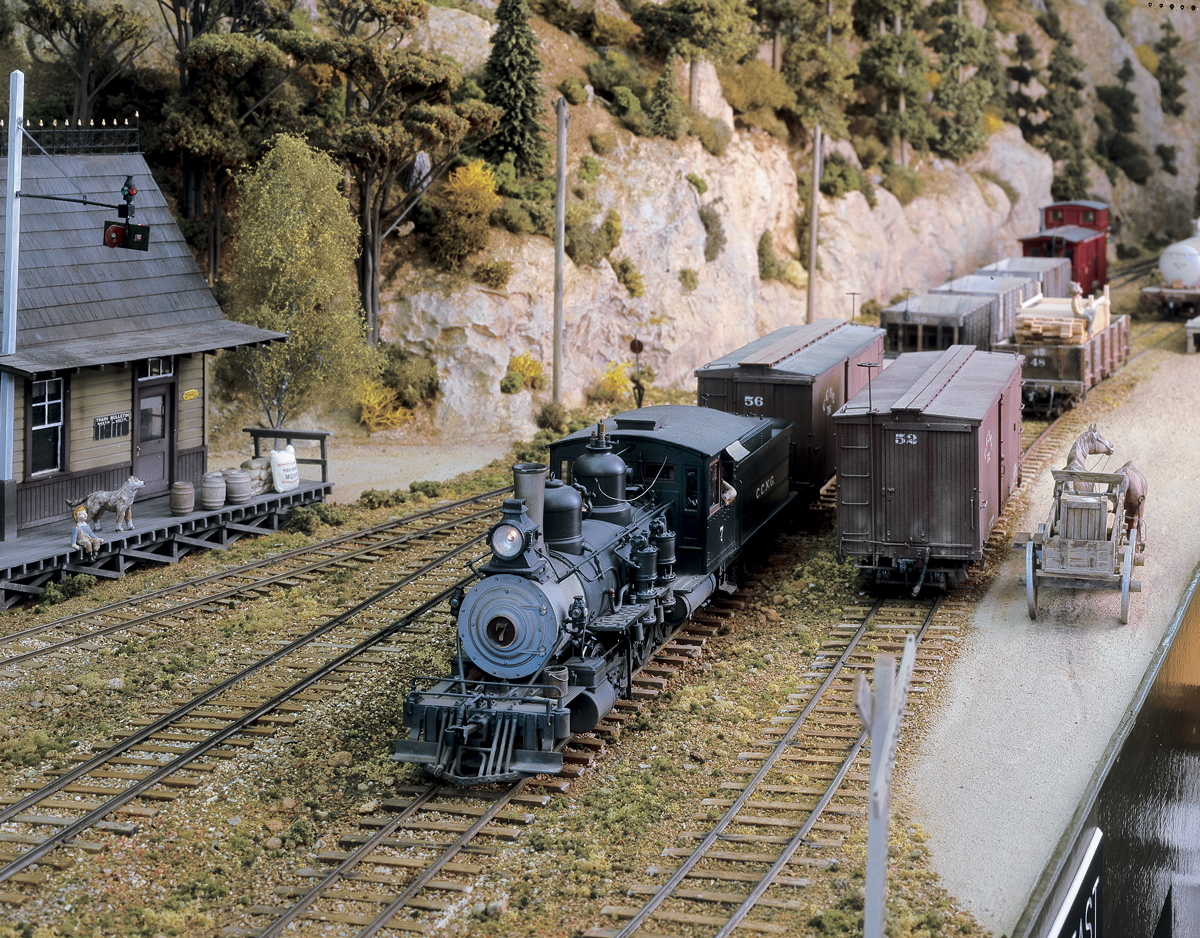
When David isn’t handlaying track or running trains, he’ll most likely be found working on a scratchbuilding project. He scratchbuilt all of the trestles following Rio Grande Southern prototypes and used plans from Model Railroader when building the Hardscrabble turntable.
While the trestles and turntable are neat, some of David’s most impressive models are his scratchbuilt structures. He constructed the Stanley Mines at Hardscrabble using a combination of cardstock, wood, metal, and plastic castings. David built the Beaton Mine with the same materials, but he modeled the board-and-batten siding using wood from a Chinese calendar.
David admits that some of his recently completed scratchbuilding projects aren’t as detailed as those he’s done in the past, but he says the quality is still the same. “Except for items entered in contests, structures, locomotives, and rolling stock only need to convey form and function to look real, and that’s from about 3 feet away,” David said.
Time-tested scenery
To re-create the terrain of southwest Oregon, David used the tried-and-true cardboard web method. He glued cardboard strips into an over-and-under basket-weave pattern to create the general landform shape. Then he covered the cardboard strips with industrial paper towels soaked in a soupy plaster mix. After the towels had been applied and the plaster had set, David put on a second coat of plaster and added rock castings as needed. David put his castings on wet and painted them with thinned burnt and raw umber and sienna. To bring out the details in the castings, he sprayed them with a wash of thinned black paint.
Before David added the scenery, he installed and painted the Masonite backdrop. By painting the backdrop first, he was better able to blend the foreground and background.
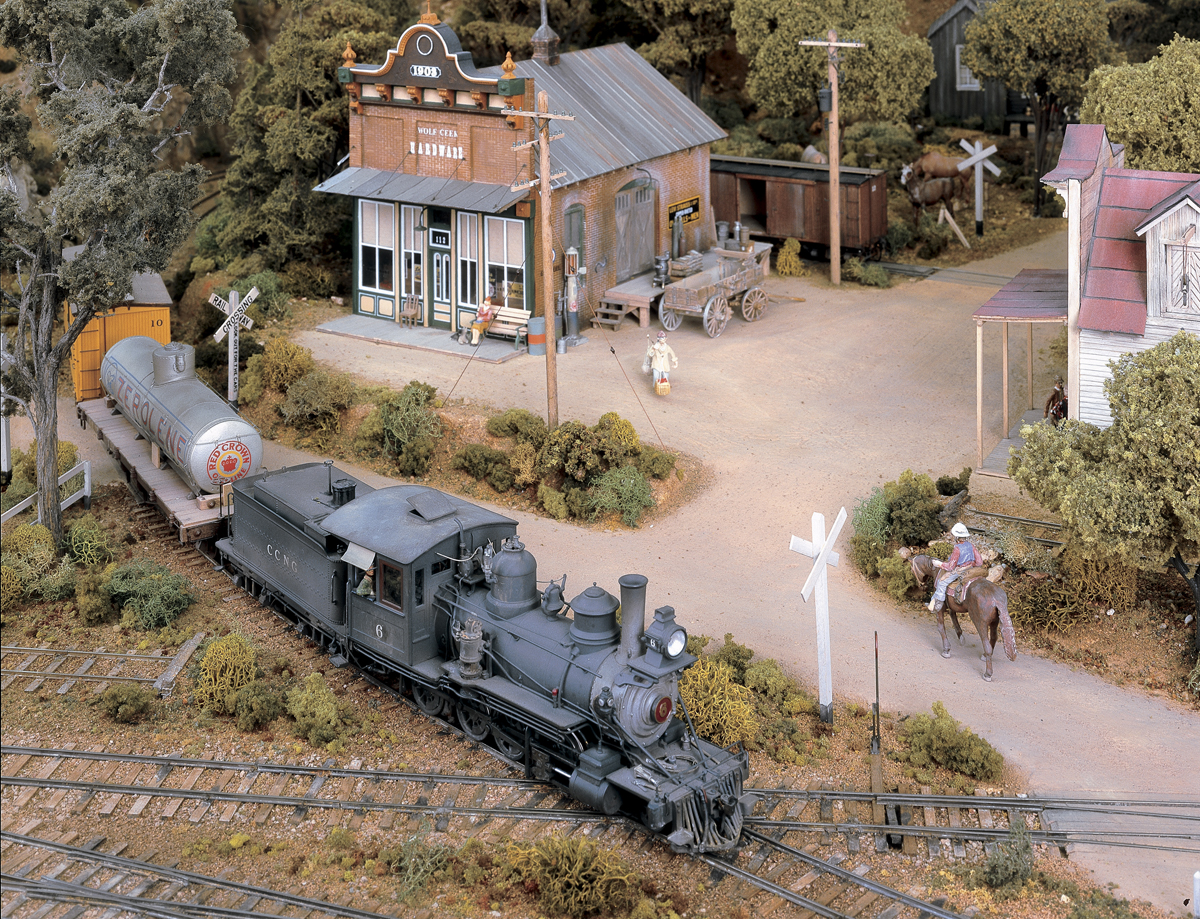
When it came time to add ground cover to the layout, David used natural and synthetic materials. The scenery is a blend of real dirt from southwest Oregon and moss from oak trees. David painted the moss with acrylic light and chromate green and blended it with ground foam. He used diluted white glue to hold the scenery materials in place.
Running trains
Operating sessions are once a month on the CCNG. David’s crew consists of five engineers and a dispatcher. Train crews follow timetable-and-train order rules and are governed by a 4:1 fast clock. Since a passenger train and a mixed train are the only four scheduled in the timetable, all other trains are extras. During a three-hour operating session, David and his crew run six to eight trains.
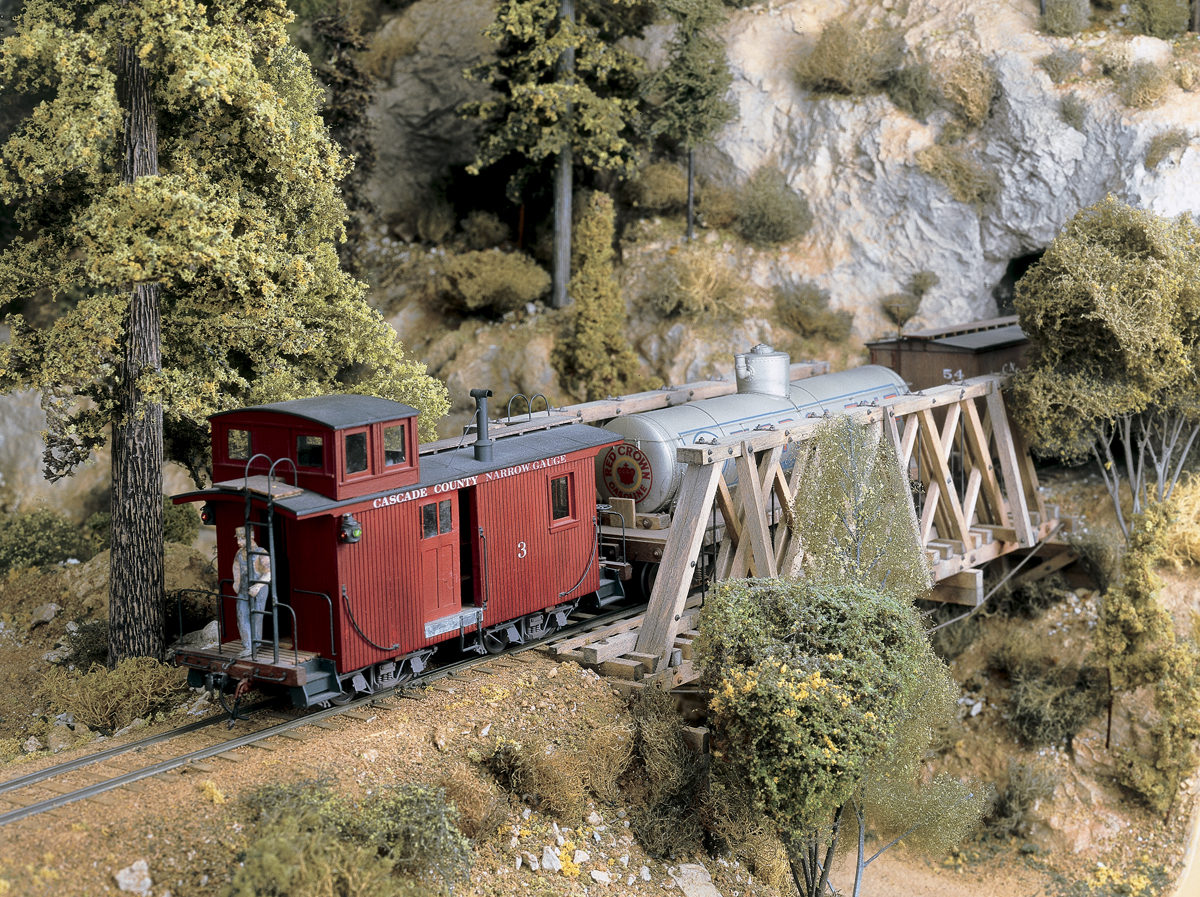
David converted his layout to Digital Command Control (DCC) with a Lenz DCC system in 2003, giving him greater operating flexibility than with block control. He installed SoundTraxx sound systems in all of his locomotives. Because the sound is in sync with the train’s speed, David and his operating crew now run trains at more realistic speeds.
More in the works
The Cascade County Narrow Gauge may look complete, but there’s still more work to be done. David is working on upgrading the details on some of his older locomotives to meet today’s standards, and he’s also scratchbuilding more structures. David said there are no plans to expand the layout.
While the many narrow gauge trains, scratchbuilt structures, and scenery are important aspects of the CCNG, David is quick to point out that the key to his model railroad’s success for the past two decades has come from sticking to the basics. “Solid benchwork, good track, and basic wiring are a must for reliable operation,” David said. “It works every time.”
Layout at a glance
Name: Cascade County Narrow Gauge
Scale: On3 (1:48)
Size: 26′-0″ x 31′-3″
Prototype: Nevada County Narrow Gauge
Locale: southwest Oregon
Era: mid-1920s to early 1930s
Layout style: walkaround
Layout height: 45″ to 61″
Length of mainline run: 175 feet
Benchwork: L girder
Roadbed: spline (Homasote and cork)
Track: handlaid codes 70 and 83
Minimum radius: 36″
Maximum grade: 3.3 percent
Scenery: cardboard strips with paper towels and plaster base
Backdrop construction: Masonite
Control: Lenz Digital Command Control
Meet David Clune
David, a retired Southern Pacific locomotive engineer, has been a model railroader for 60 years. He started with a Lionel train set in 1946, and has modeled in HO, HOn3, On3. David and his wife live in Eugene, Oregon.
This article originally appeared in the January 2006 issue of Model Railroader. – Ed.





